Indications
Salbutamol inhaler may be used to relieve attacks of acute dyspnoea and may also be taken prophylactically before exertion or to prevent exercise-induced asthma.
Salbutamol inhaler is suitable for treating bronchospasm in patients with coexisting heart disease or hypertension, including those taking beta blockers, because of its selective action on the bronchial receptors and lack of effects on the cardiovascular system. At therapeutic levels, it has little effect on cardiac receptors.
Therapeutic Class
Pharmacology
Dosage & Administration
Adults:
- For the relief of acute bronchospasm and for managing intermittent episodes of asthma: One or two puffs as a single dose
- For chronic maintenance or prophylactic therapy: Two puffs three or four times daily
- For prevention of exercise induced bronchospasm: Two puffs before exertion
- For prevention of exercise induced bronchospasm: Two puffs should be taken at least 15 minutes before exertion
Children:
- For the relief of acute bronchospasm, management of episodic asthma and for prevention of exercise induced bronchospasm: One puff may be administered as a single dose. Only for the use of medical professionals
- For routine maintenance and prophylaxis: One puff three or four times daily, increasing if necessary to two puffs three or four times daily
Elderly: The dosage is the same as that for adults.
Interaction
Contraindications
Side Effects
Pregnancy & Lactation
Intravenous salbutamol is contra-indicated in cases of ante-partum haemorrhage because of the risk of further haemorrhage from an atonic uterus and there is the risk of the same problem arising inadvertently in asthmatics using salbutamol. Profuse uterine bleeding following spontaneous abortion has been reported after the use of salbutamol. Special care is required in pregnant diabetic women. As salbutamol is probably secreted in breast milk, its use in nursing mothers is not recommended unless the expected benefit to the mother is greater than any possible risk to the infant.
Precautions & Warnings
The management of asthma should normally a stepwise programme, and patient response should be monitored clinically and by lung function test. Increasing use of short acting inhaled agonists to control symptoms indicates deterioration of asthma control. Under these conditions, the patient’s therapy plan should be reassessed. Sudden and progressive deterioration in asthma control is potentially life threatening and consideration should be given to starting or increasing corticosteroid therapy. In patients considered at risk, daily peak flow monitoring may be instituted. Patients inhaler techinique should be checked to make sure that aerosl actuation is synchronized with inspiration of breath for optimum delivery of the drugs to the lungs.




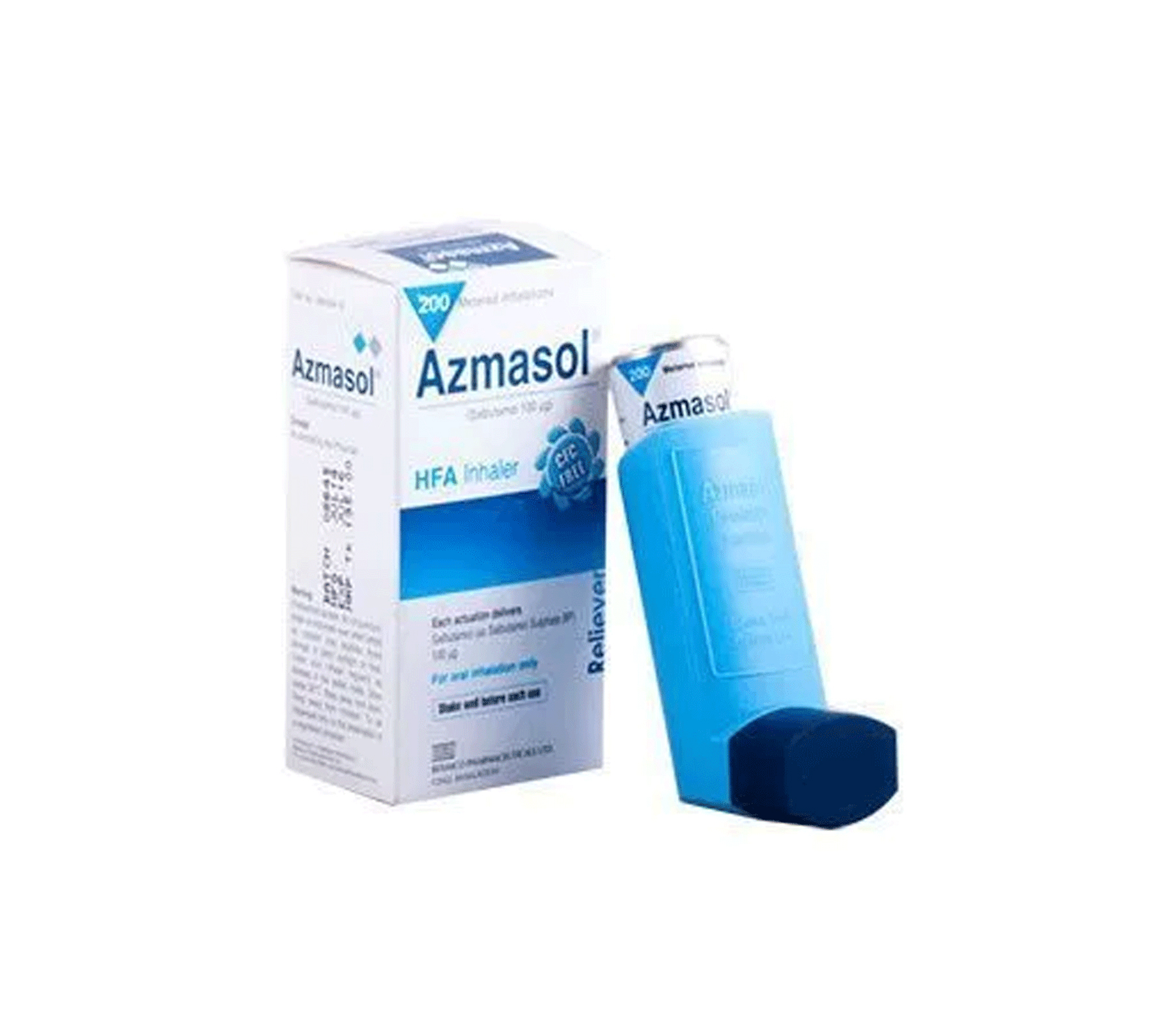

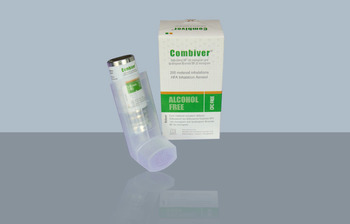
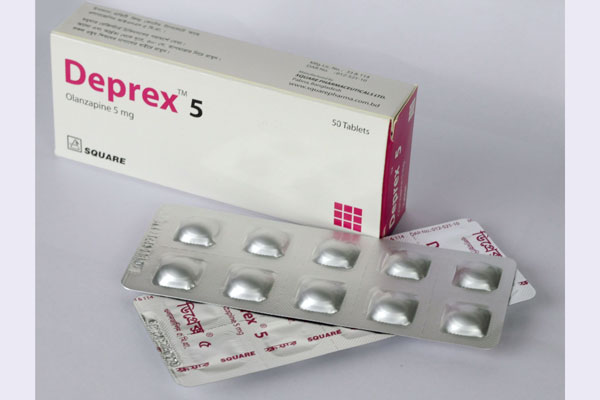




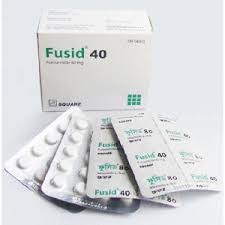

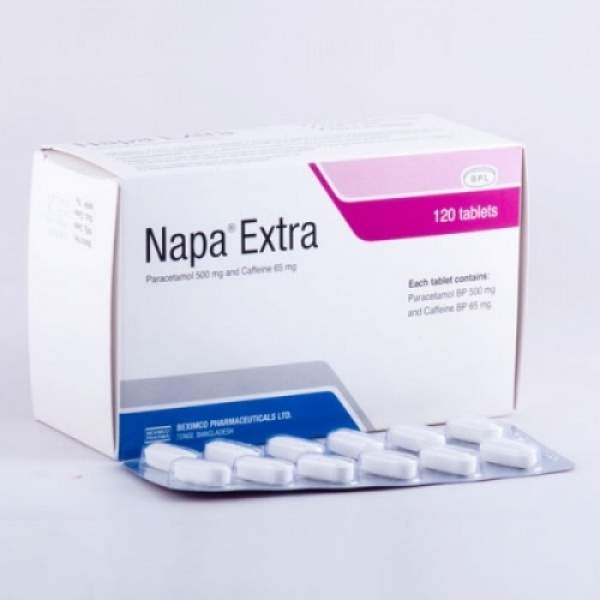
Reviews
There are no reviews yet.